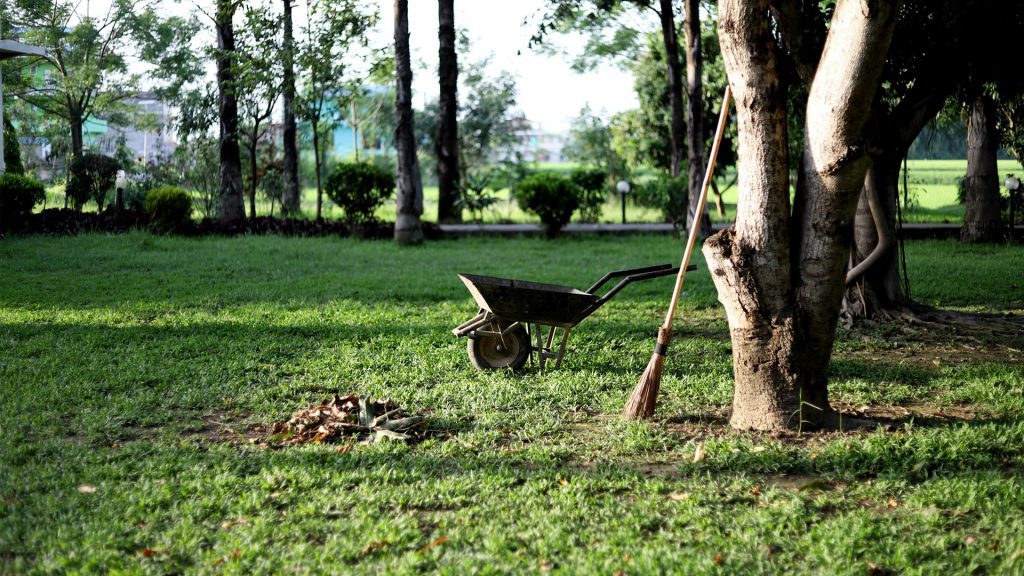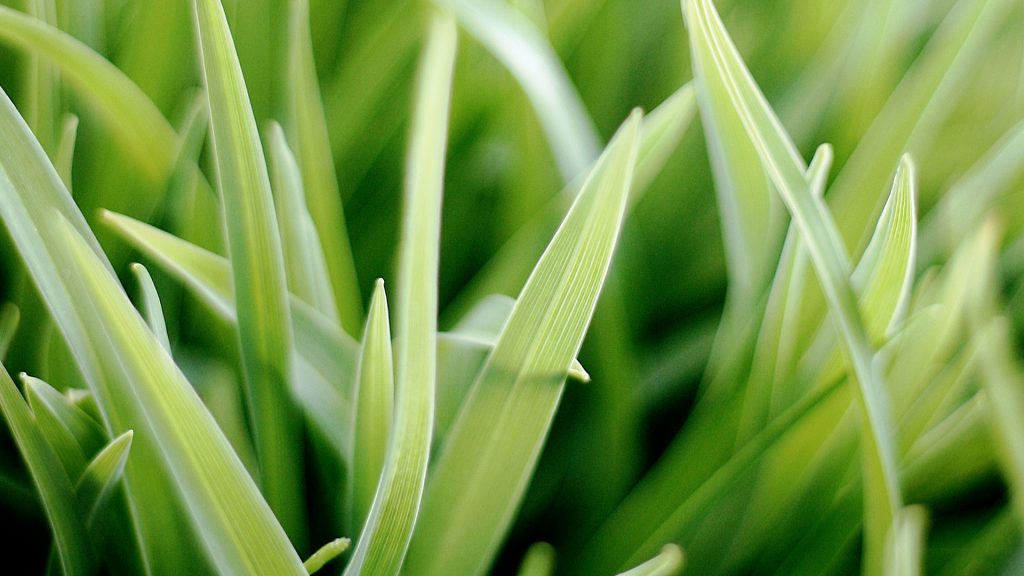
As with any garden project, preparation is crucial for success when installing your new lawn. Make your new lawn project enjoyable and effective with these simple tips.
1. PREPERATION
Once you have determined what area you want to lay your new lawn, you’ll need to remove all weeds, grass and other vegetation. If you only have a few weeds, you could remove them by hand, remembering to pull out the roots, however if you have lots of weeds, you should consider hiring a turf cutter. This machine is designed to cut off the existing turf and weeds and can be adjusted to different heights depending how much soil you want to remove. You should also consider using a quality herbicide or weed killer a few weeks prior to removing the old turf.
2. SOIL UNDERLAY
After all the weeds, old grass and soil have been removed, it’s recommended to spread out some good quality soil underlay to help your new turf take hold. The type of soil you use will have an impact in how well your turf will grow. Soil is made up of several things including organic matter, minerals, water, air and living organisms. Each play a necessary part in helping your lawn and garden. If you have a large area to spread soil, you could hire a mini loader with a 4in1 bucket. This unit will make the job much easier and save your back and arms from many trips using a shovel and wheelbarrow.
3. DRAINAGE
Drainage is also critical to consider, especially in times of heavy rainfall. On some level sites or sites that slope towards a building, surface drains or even underground drainage may be required to pipe excess water to the storm water system.
4. LEVELS
As part of the turf installation process, you’ll need to ensure your soil levels are right. You should consider the finished height of the lawn and the level of other surfaces such as paths, garden beds. There are many techniques you can use when trying to level your soil prior to laying the turf and this will depend on if you have a naturally sloping block or level block. Start by levelling out your soil around the outer edges where your finished height is already determined. Use a steel rake or lawn levelling rake for best results. Once the outer edges are finished, you can use a stringline across the ground set at approximately 50mm above the soil, using it as a reference point and level the soil accordingly. A water filled lawn roller is a great tool to use across your soil to ensure it is firm under foot. If the ground is too soft, the new turf will sink in places resulting in an uneven surface which is quite difficult to fix and can look unsightly.

6. LAYING YOUR LAWN
If possible, aim to have your new turf delivered on the day you intend to lay it and ask to have it dropped off as close to your work area as can be. The first step is to start laying from the bottom of any sloped areas and always use full rolls or slabs around the edges. Always remember to lay across the slope. The next step is to stagger the joints like brickwork. This helps prevent drying out and soil erosion on sloping ground by heavy rain. Ensure the turf is laid close together and avoid any gaps as these can dry out and cause an uneven surface. The third step is to cut the turf with a sharp knife or shears being careful not to stretch the turf or cut into too small pieces as these will dry out too quickly.

7. WATERING
Once you have laid your new turf, you will need to give it a thorough soaking. Roll the turf with a lawn roller once more to ensure the roots have contact with the soil. The turf must be very wet on the underside. A sprinkler will give much better results than hand hosing. New turf must be always kept damp for the first 2-3 weeks. Avoid walking on your newly laid turf for the first 3-4 days.
8. MOWING
You should more you new lawn within the first 2-3 weeks with the lawn mower on a high setting. Then every week thereafter, lowering the mower one setting at a time until the desired length is reached. It is also recommended never to remove more than one third of the leaf per mow. General mowing guidelines for three common types of lawns are:
- Green couch (15-30mm)
- Buffalo grass (30-50mm)
- Kikuya (30-50mm)
9. FERTILISING
You can fertilize your new lawn approximately 6 weeks after laying, using a complete lawn fertiliser. It is best to fertilise late afternoon and water in immediately.

